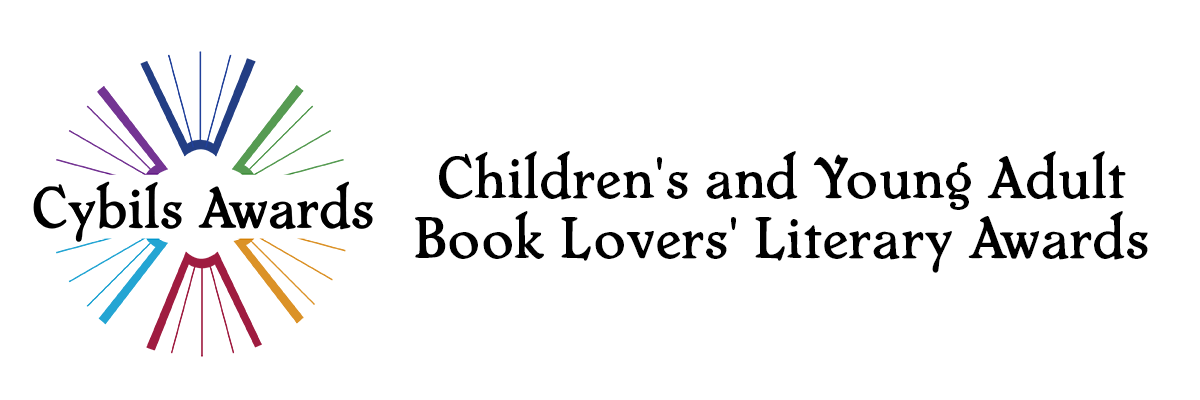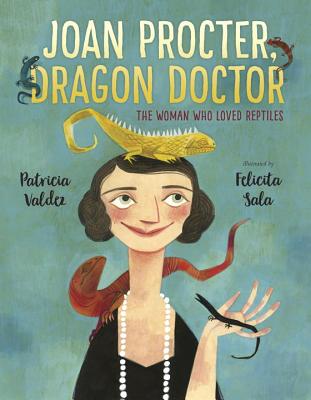You have a PhD in biology, correct? How did you end up writing a children’s picture book biography?
PV: My PhD is in Molecular and Cell Biology with a focus on Immunology. My day job is at the National Institutes of Health. When my children were younger I would tell them stories about the tiny armies in their bodies that fight off germs. I started to write these stories down and I suppose that was the beginning of my writing journey. I absolutely love picture books, and as I was reading with my children, I realized there were hardly any stories about women scientists beyond Marie Curie and Jane Goodall. Don’t get me wrong, these women are great, but there are so many other women whose stories need to be told.
In school, you studied philosophy, correct? How did you end up illustrating a children’s picture book biography?
FS: It was a very long and unexpected road, which I suppose is what life is like generally. I discovered the world of picture book illustration while I was travelling back to Italy after I graduated from university. I taught english for many years before I started to get offers for picture books and could gradually become a full time illustrator. I used my blog and the internet generally to show my work to the world, I painted and drew any chance I could, in between lessons, and worked on small commissions for magazines. Gradually a publisher noticed me, and then another, and now I no longer teach english. But I still do very much love philosophy. My first biographical book was about Mother Jones, with Canadian Publisher Kids Can Press. I suppose once you do something of the kind you get noticed for it, so I was asked to do quite a few biographies after that. But Joan is probably my favourite!
What drew you to the story of Joan Procter and why did you decide to write it as a biography for children?
PV: You never know where or when inspiration will strike. In this case, it all started with a Komodo dragon name Murphy. My family and I love to visit him at the National Zoo in Washington D.C. Wanting to learn more about these huge lizards, I looked up some articles. At the very end of one of the articles was a single sentence about Joan Procter being the first person to describe Komodo dragons in captivity in the 1920’s. I simply had to know more about this woman! I think children relate to Joan’s story in many ways, from her immense curiosity and empathy for reptiles to her unique point of view that many at that time found quite unusual.
FS: When I read about Joan I was immediately attracted to her love of reptiles. I was quite drawn to lizards and as a girl (there’s some really big ones in Australia where I grew up!). When I saw a photo of Joan I thought she had great style. Such an elegant lady strolling around the London zoo with a Komodo dragon and a pearl necklace, I thought it was a wonderful contrast to illustrate. I loved illustrating her world, 1920s london. It was hard to draw lizards and snakes, I’d never done it before! But it was fun to learn something new, they’re actually quite beautiful creatures.
What kind of research did you do for this book?
PV: It turns out that Joan Procter was somewhat of a celebrity of her time. Newspapers loved running stories of the “girl” running a reptile house full of dangerous animals. Joan Procter was also a serious scientists and she wrote several papers describing new species. She introduced new technology in the reptile house that improved the animals’ health. In addition to newspaper articles and Joan’s own scientific publications, I was able to find letters, photos, paintings, and articles left by her sister at Girton College in Cambridge University.
FS: I found lots of reference photos of Joan, with the publisher’s help. Also of the fashion of the times, of London, of the natural history museum, and then mainly of reptiles. I had a huge Pinterest board full of snakes and lizards and dragons, and was constantly on the lookout for books about them.
What was the most rewarding part of the publishing process of this book for you?
PV: The most rewarding part of publishing Joan Procter, Dragon Doctor is seeing the reaction from children. They have so many questions about Komodo dragons and Joan’s relationship with Sumbawa, the dragon that accompanied her on walks through the London Zoo. I love introducing a strong female role model to students.
FS: It was the amazing response from the public, and especially schools, to Joan Procter’s story. It was great to see how many people took great interest in this relatively unknown figure, and I’m proud of helping her story come to life.
If you don’t mind telling us what’s next for you?
PV: It hasn’t been officially announced yet, but I can let you know that my next book is about a Latina scientist. I’m also working on some science-themed middle grade. More to come!
FS: I’m working on a really funny story about a cockroach, one about a lost toy horse set in outback Australia, and one about Trees, all written by some great women writers. I hope to find time to write my own books to one day!

